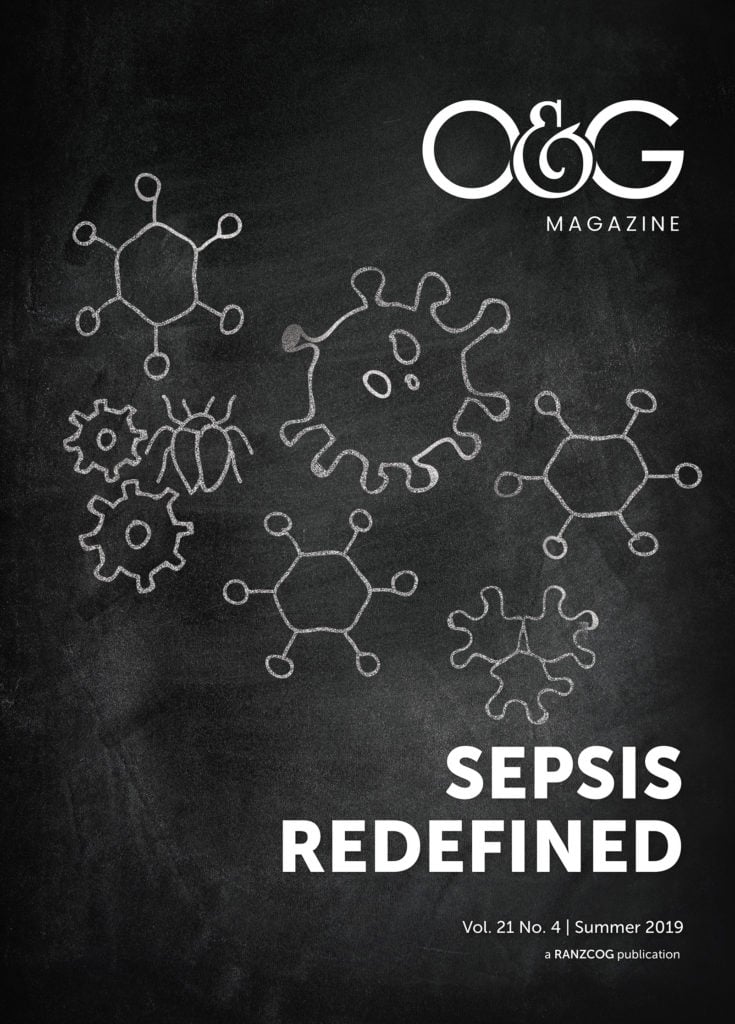During the witching hours of the night on labour ward there are many ways you can spend your time waiting for a patient to slowly inch their way to fully dilated. Once I am happy my GP correspondence is up to date, results are checked and I have exhausted the social media feeds, my new-found favourite website to trawl is the Coroner’s Court Inquest Reports page. I am not sure if it is a morbid fascination with disease and death that the midnight hour brings or the fact it is a great learning tool that will hopefully attract CPD points. Maybe it is the fact that they read quite often as a captivating short story, but whatever the reason, they are extremely interesting and keep the tired obstetrician awake. Once finalised, Coroner’s reports are available online and from whatever speciality they originate often have an extremely useful lesson in patient management. Of all the cases I read, far and away those that strike the greatest fear in me, and present not as a case of misadventure or significant failure in medical care, are those that relate to sepsis. In so many of these cases, the signs were ever so subtle in the beginning or, if they were present, were easily overlooked. It is only when the patient’s status is so clearly that of sepsis that treatment was often implemented but, in the very fact they have ended as a Coroner’s case, started far too late. I read these cases and think so often ‘Would I have picked up on those signs?’ – even with hindsight, it is very difficult to know if one would have.
And this is the issue with sepsis. In the early stages, particularly in young healthy individuals, as so many of our patients are, the signs of sepsis can be subtle. A high temperature is not an early sign in many of the sepsis algorithms because often a patient will only mount a febrile response very late in the disease process. Once the disease overwhelms them, they will often become febrile, or overtly hypotensive and tachycardiac and suddenly the presence of sepsis becomes abundantly clear – but this is often at a point when it is too late and we may be unable to successfully treat them.
Sepsis remains a significant cause of maternal morbidity and mortality. We have made great headway in treating and preventing other major causative pathologies, yet the rates of maternal deaths secondary to sepsis have remained steady. Across the world, in all branches of medicine, sepsis is recognised as a pathological conundrum in that is difficult to detect early, but vastly important to treat early. The importance of this prompt recognition is inherent in the large campaigns based around ‘Think Sepsis’ and ‘Sepsis Awareness Month’ (September, if you were planning on celebrating) ensuring that at the back of all clinicians’ minds should be the question ‘Could this be sepsis?’ The importance of early treatment is emphasised in the ‘Act Fast’ and ‘Golden Hour of Sepsis’ campaigns that have also been rolled out through Health Departments internationally.
To ensure sepsis is given the recognition it requires, we have devoted an entire issue to this topic. In the upcoming pages, we have aimed to highlight the different clinical scenarios sepsis may present within our speciality and the important features, investigations and treatments one should instigate in each scenario. The recognition of sepsis and the many diagnostic tools hospitals employ to detect it early are reviewed and it is useful to reflect on measures that are taken in your own practice to ensure that every effort is made to recognise sepsis and recognise it early. Prevention of sepsis has also been a focus, both in our clinical setting and the developing world, as well as for the other patient we have: the fetus or neonate.
We would like to thank the Women’s Health Committee for recommending the topic to our Editorial Committee and hope you find the issue informative and that it fulfils its aim to keep the issue of sepsis at the forefront of your mind during your clinical work.






Leave a Reply